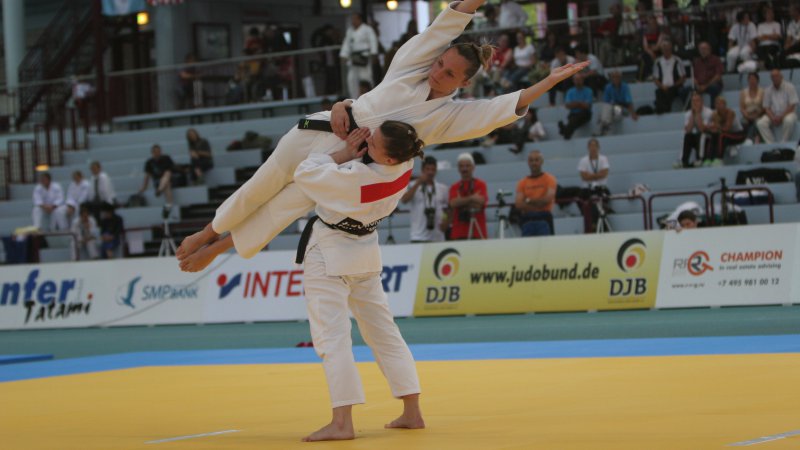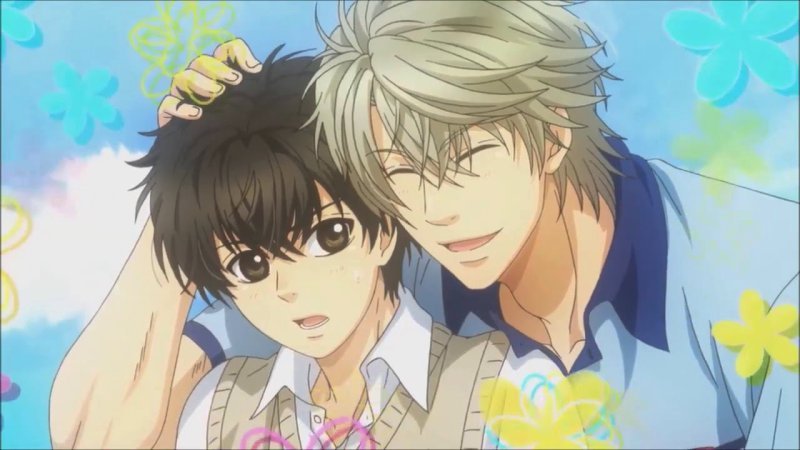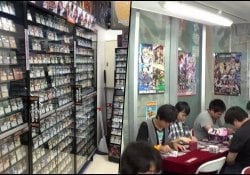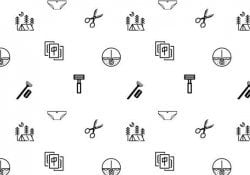Do you know the meaning of Uke and Seme? These terms are often mentioned in the Yaoi universe to explain each other's roles in the relationship, both physically and emotionally.
For those unaware, Yaoi, also known as Boys' Love (BL), is a genre of manga, anime, and other media that focuses on homosexual romantic relationships between male characters.
Originating in Japan, the genre gained popularity around the world and attracted a diverse fan base, particularly from the female audience. In this article, we will explore the concepts of Uke and Seme, which are key roles in relationships in the Yaoi universe.
We also recommend reading:
Índice de Conteúdo
The Meaning of Uke and Seme
Uke (受け): The term Uke, in Japanese, literally means "receiver" or "one who receives". In the Yaoi context, Uke is the more passive, submissive, and generally younger or physically smaller character in the relationship.
Uke usually plays the role of “bottom” (the one who is penetrated) in sexual relations and may present characteristics of vulnerability, sensitivity and emotional expression.
Seme (攻め): The term Seme, in Japanese, literally means "attacker" or "one who attacks". In the Yaoi context, the Seme is the more dominant, assertive, and usually older or physically larger character in the relationship.
The Seme usually assumes the role of “top” (the one who penetrates) in sexual relations and can present characteristics of protection, authority and emotional control.

Origins of the terms Uke and Seme
The terms Uke and Seme are derived from Japanese martial arts practices such as Judo, Aikido and Kendo, where "uke" refers to the defender who receives an attack, and "seme" is the attacker who initiates the attack.
Uke has the responsibility to learn how to defend himself correctly in order to avoid injuries and improve his fighting skills. Seme has the responsibility to correctly apply techniques and put pressure on Uke in order to create attacking opportunities.
The terms Uke and Seme were adopted in the Yaoi (Boys' Love) universe during the 1970s and 1980s, when the genre began to gain popularity in Japan.
The use of these terms reflects the adaptation of Japanese martial arts concepts to describe the power dynamics and roles played by male characters in Yaoi relationships.
The adoption of these Japanese martial arts terms and concepts probably came about due to the influence of Japanese culture and martial arts aesthetics on manga and anime of the Yaoi genre.

Uke and Seme Stereotypes and Variations
While the roles of Uke and Seme are often associated with certain personality and appearance stereotypes, it's important to note that not all Yaoi characters fit neatly into these categories.
Some authors and artists explore more complex and dynamic relationships, where the roles of Uke and Seme can be less defined or even reversible.
In addition, there are variations and subcategories of these roles, such as:
- Reversible (リバ, Riba): A relationship in which the characters can alternate the roles of Uke and Seme, challenging typical conventions of dominance and submission.
- Seke (攻受, Kōju): A term describing characters who do not clearly fit the roles of Uke or Seme and may exhibit characteristics of both.
- Tachi (立ち): A term that can also be used to describe the dominant character, similar to Seme. Tachi is most often used in the context of Yuri (relationships between female characters) to play the dominant role, but can be found in Yaoi as well.





